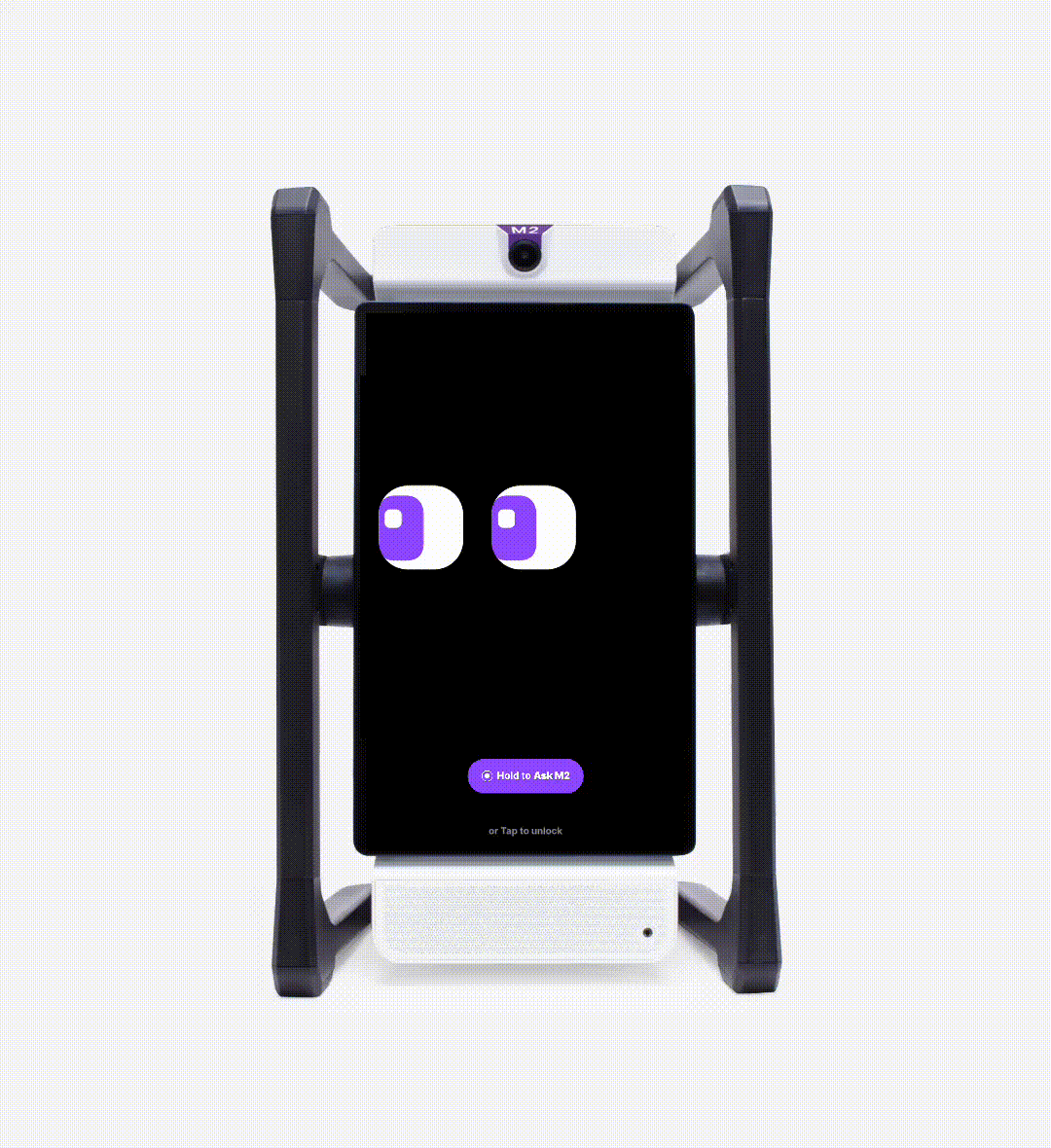
Let’s get real for a second.
Instructional coaching isn’t about knowing it all. It’s not about walking into a classroom with a clipboard and a multi-point plan. And it’s definitely not about running the show while the teacher watches from the sidelines.
But let’s be honest: sometimes it’s hard to let go of control.
You want to help. You want to support. You want to make sure things go well. And in that effort, it’s easy to start steering the ship a little too tightly by overplanning conversations, rescuing mid-lesson, or filling every silence with advice.
But here’s the truth:
Growth doesn’t happen when we do the work for them.
It happens when we create space for teachers to explore, reflect, and try again, even if it means letting them wobble a bit along the way.
Let’s name it: feedback feels risky
We ask teachers to be vulnerable. To reflect. To grow.
But here’s what that really means for them:
They’re being asked to look at something they thought was going well… and consider that it might not be.
That’s hard.
Because when a teacher is putting their full heart, energy, and intention into their practice, and the feedback suggests something still isn’t landing, it can feel like a punch to the gut. Like, “If I’m doing my best and it’s still not enough, then what?”
That’s where fear creeps in.
And that’s why our coaching presence matters.
Coaching isn’t about control – it’s about trust
The most impactful coaches don’t walk in with the answers. They walk in with questions. They’re not directing every step; they’re noticing, nudging, and making room for discovery.
When we release control, we’re not abandoning teachers. We’re honoring their capacity to lead their own growth.
Because the goal of coaching isn’t to impress. It’s to empower.
Why letting go feels hard (but matters so much)
Letting go feels risky.
You think: What if they don’t notice what I noticed? What if they don’t change? What if the lesson tanks?
But what if we flipped that thinking?
What if the moment things don’t go perfectly is the moment learning actually begins?
Teachers don’t grow from perfectly executed suggestions.
They grow from insight, from reflection, from the sometimes-messy process of figuring things out for themselves.
Your coaching moves: from control to curiosity
So how do we do this in practice? How do we shift from leading the charge to walking alongside?
Here’s what it looks like:
- Ask before you advise. Try: “What do you think your students needed more of in that moment?”
- Embrace the silence. Don’t rush to fill the space. Let reflection breathe.
- Use data, not direction. M2 feedback gives you a shared snapshot to start with. Let the data guide your conversation about next steps.
- Notice your instincts. That moment you really want to jump in? Pause. Let them process first.
This isn’t passive. This is powerful. Because the moment a teacher starts asking their own questions? That’s when the real coaching begins.
Final thoughts: growth needs room to breathe
The teachers we coach don’t need us to carry them.
They need us to walk beside them while they build confidence, capacity, and clarity.
Letting go isn’t losing impact — it’s multiplying it.
So the next time you feel the pull to take over or over-guide, remember this:
- You’re not here to drive.
- You’re here to co-pilot.
- To reflect. To support. To make space for growth.
Trust the process.
Trust the teacher.
And trust yourself: you’re doing the work that lets real change take root.
Stay curious. Stay grounded. And let them grow.

Ready to start your M2 journey?
Fill out the form below and our team will connect with you to explore how M2 can support your teachers, students, and goals.